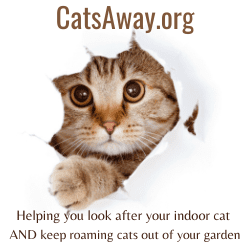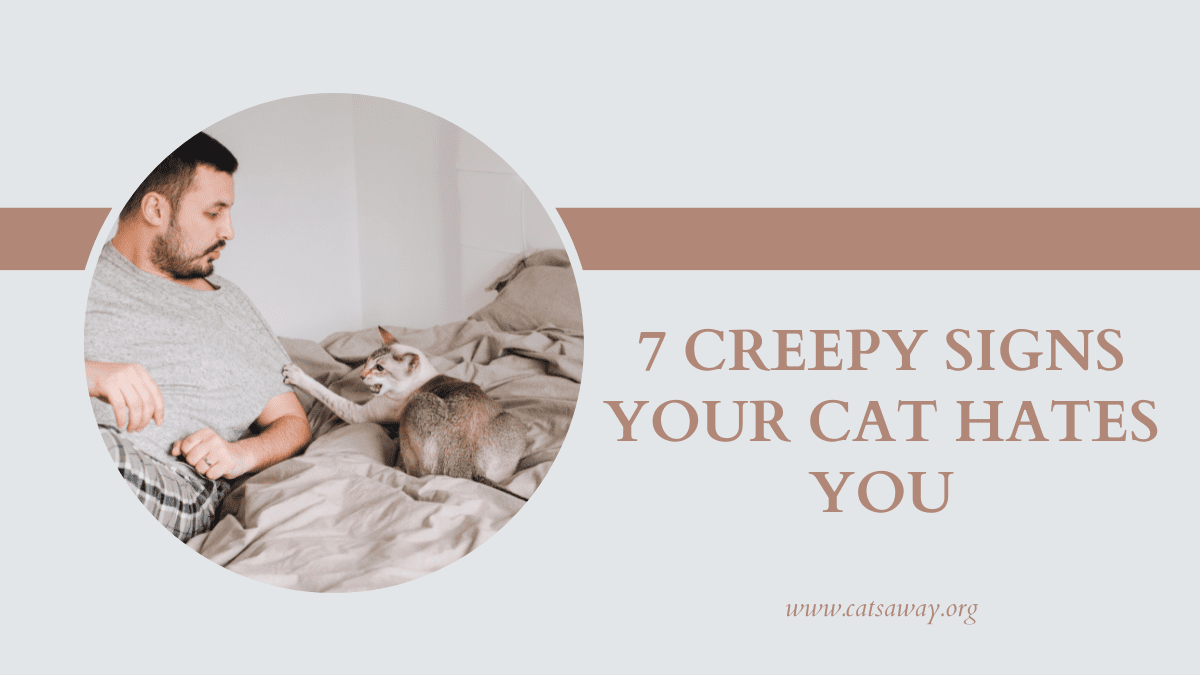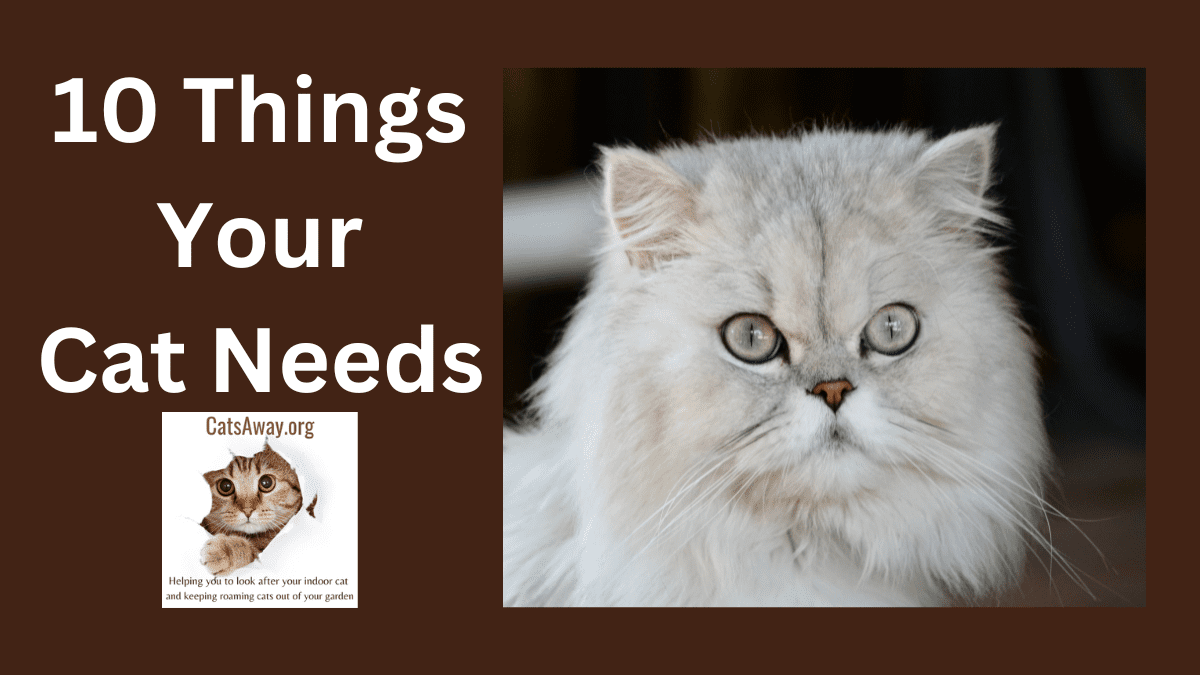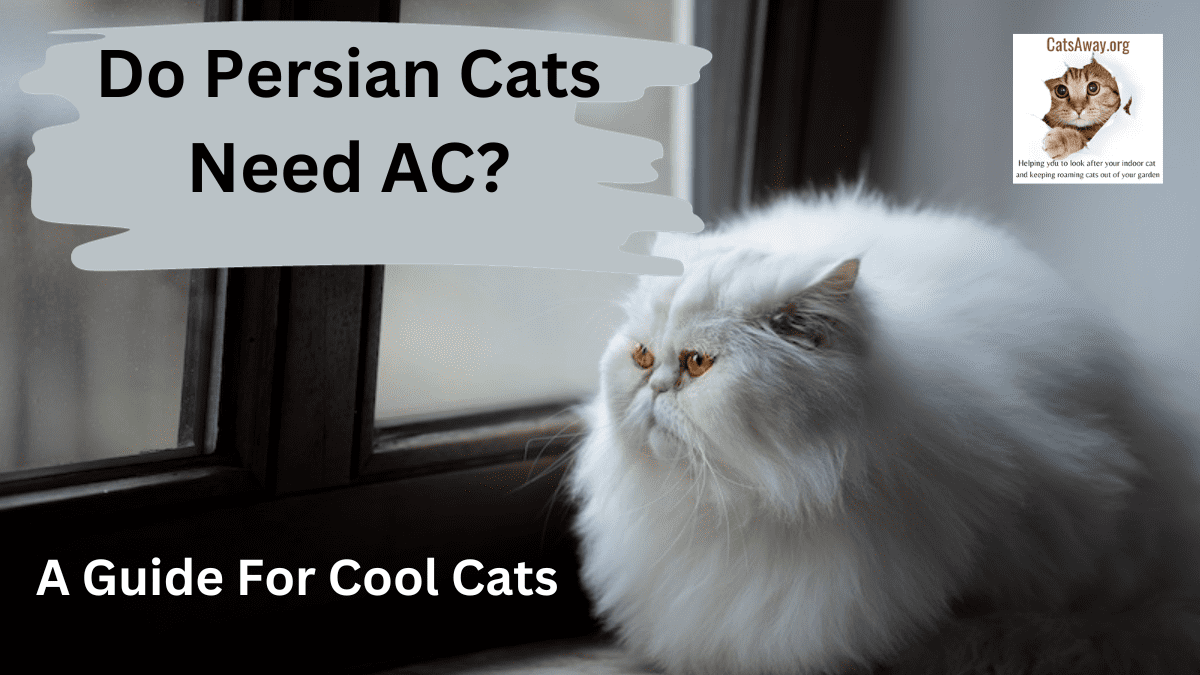Are you considering keeping your pet cat indoors? It’s a fast growing option among cat owners, but there are some important things to consider. Indoor cats need more than just food and water – they require love, attention, stimulation and physical exercise in order to stay healthy.
But is that enough and how can we make sure that our feline friends don’t get depressed or bored while living inside the house? Here, I’ll explore all of these questions as well as discuss the potential benefits of daytime outdoor enclosures for them.
So if you’re looking for ways to keep your beloved pet cats happy and healthy at home then read on!
Are Indoor Cats Happy?
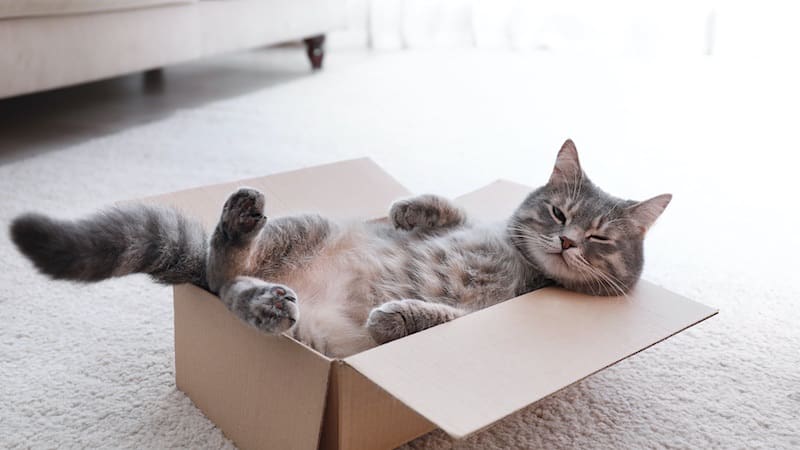
The Benefits:
Cats that are not allowed to roam freely are generally safer than those that are, as they are not exposed to the dangers of traffic, loose dogs and other animals. They also have fewer parasites, such as fleas and ticks, which can be difficult to control in outdoor cats. Because of this the life expectancy of indoor cats is far greater than one that is free to roam.
Potential Risks:
One potential risk associated with keeping your cat indoors is that they may become bored or depressed if not provided with enough stimulation. Without access to the outdoors, your cat may become overweight due to lack of exercise and suffer from depression due to boredom or loneliness if they’re left home alone for long periods.
How to make indoor cats happy
Keeping an indoor cat happy and healthy is essential and you need to provide them with plenty of stimulation through interactive cat toys and games like chasing a laser pointer or playing hide-and-seek with treats around the house.
You need to keep your indoor cat active with access to plenty of physical activity by providing scratching posts, a cat tree and perches throughout the home so they can explore different heights within their environment.
Clean your cats litter box regularly and have one for each home cat. Many stay at home cats become fastidious about cleanliness.
Recap: Keeping an cat indoors can be hugely beneficial in terms of safety and health, but owners must provide adequate mentally stimulating interactive toys and games, physical activity opportunities such as cat trees, climbing towers, and perches; as well as environmental enrichment activities.
What Do Indoor Cats Need?
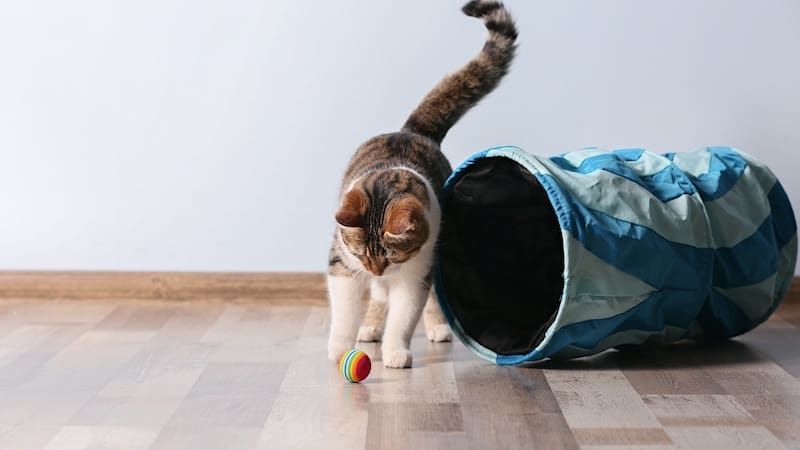
Mental Stimulation for Indoor Cats:
This is essential for stay at home cats to keep them happy and healthy. Cats love toys, puzzles, and activities that challenge their minds can help keep them engaged and prevent boredom.
Physical Exercise for Indoor Cats:
Just like humans, cats need physical exercise too. Regular playtime with your cat will help keep them active and fit while providing an opportunity for bonding with you. Investing in cat trees or perches near windowsills can provide additional opportunities for physical activity throughout the day. Additionally, setting up an obstacle course using furniture pieces such as chairs or tables is another fun way to encourage movement from your feline friend.
Recap: Key takeaway: Providing mental and physical stimulation for house cats is essential to their happiness and health. Examples include interactive toys, a cardboard box to play and hide in, perches near windowsills and obstacle courses.
Do Indoor Cats Get Depressed?
Signs of Depression in an Indoor Cat:
All cats can become depressed just like humans, and it’s important to be aware of the signs so you can help your cat if needed. Common signs of depression in cats include decreased appetite, sleeping more than usual, lack of interest in play or interaction with people, excessive grooming that leads to bald patches on their fur, and hiding away from people or other animals. If you notice any of these changes in your cat’s behavior it could be a sign they are feeling down.
There are many potential causes for depression in cats including
boredom due to lack of stimulation
fear caused by loud noises such as fireworks
illness or injury
change in routine such as moving house
loss or separation from a beloved person or pet
Hormonal imbalances due to age-related issues.
It is important to identify the cause before attempting to treat the depression, so that you can address the underlying issue first.
Depression in cats is a serious condition that can have a negative impact on their health and wellbeing. To prevent depression, it’s important to provide your indoor cat with stimulating activities and plenty of love. Consider setting up a daytime outdoor enclosure in your yard for them to enjoy the fresh air safely.
Recap: Signs of depression in cats include decreased appetite, sleeping more than usual, lack of interest in play or interaction with people, excessive grooming and hiding away. Potential causes can range from boredom to fear to illness or injury. Identifying the cause is important before attempting treatment.
Daytime Outdoor Enclosures for Cats

Make your cat happy with a daytime outdoor enclosure to give your indoor cat some fresh air and sunshine without having to worry about them running away or getting into trouble. Here are some benefits, considerations, and tips on setting up an outdoor enclosure for your cat.
Benefits of a Daytime Outdoor Enclosure for Your Cat:
An outdoor enclosure allows cats to experience the sights, sounds, and smells of nature while still being safe from predators or other dangers. It also gives them access to natural sunlight which helps with their physical health as well as mental stimulation that comes from exploring new environments. Additionally, it’s much easier than taking your cat outside on a leash every day.
Considerations When Choosing a Daytime Outdoor Enclosure for Your Cat:
When choosing an outdoor enclosure for your cat you should consider size, safety features (such as locks), weather protection (rain cover/sun shade) and ventilation.
You may also want to look into adding climbers and toys that will help keep them entertained while in the enclosure.
You can purchase permanent free standing large cat enclosures, or a smaller catio that abuts up to your house so your cat can enter via an open window or cat flap whenever he likes. Many of these come with bridges, hammocks, cat shelves and hiding boxes to keep your cat happy for hours.
There are also several portable cat enclosures that can be quickly and easily put up and then taken down at the end of the day making them ideal for those where space is at a premium. These can also be used indoors.
Recap: A daytime outdoor enclosure for cats can provide them with exercise, stimulation, access to natural sunlight and fresh air, as well as safety from predators. Consider size, location, safety features and weather protection when purchasing an enclosure.
FAQ
Is it cruel to keep cats indoors?

No, indoor cats can be just as happy as outdoor cats if they are provided with the right environment and care and will almost certainly be healthier than free roaming cats.
This includes providing them with a safe space, plenty of toys and activities to keep them entertained, annual shots and regular veterinary check-ups, proper nutrition, exercise opportunities such as climbing posts or laser pointers for playtime, and lots of love and attention from their owners. With these things in place, the life expectancy of an indoor cat averages 10 to 12 years compared to the 2 to 5 years of a free to roam cat.
What breed of cat stays indoors?

There is no single breed of cat that is best suited to staying indoors. However, some cat breeds are more suited to indoor life than others due to their size and/or personality. Smaller cats such as the Siamese, Ragdoll, Bengal and Burmese tend to be more content with indoor living.
Here’s my pick of the best indoor cat breeds.
Are indoor cats happier?

It is difficult to definitively answer whether they are happier than outdoor cats. Some experts believe that if an indoor cat’s environment is enriched with toys, scratching posts, and other activities it will keep them stimulated, content and very happy.
Other experts argue that outdoor cats have more freedom to explore their natural instincts, such as hunting and climbing trees. Ultimately, the decision of whether a cat should live indoors or outdoors depends on the individual pet owner’s preference for their pet’s safety and wellbeing.
Conclusion
Overall, keeping your cat inside is a great way to keep them safe and healthy. However, it is important to make sure that they have the necessary resources for their mental and physical wellbeing.
A cat living indoors full time need plenty of stimulation, toys, and activities in order to stay happy and healthy. If you are considering an outdoor enclosure for your indoor cat during the day, make sure that it is secure enough so that they cannot escape or get injured.
Are you looking for ways to keep neighborhood and wild cats away from your garden and make sure that your cat isn’t pestered whilst in his outdoor enclosure?
There are plenty of solutions available, ranging from deterrents such as motion activated sprinklers or ultrasonic devices, to providing food and shelter options in order to encourage outdoor cats away from your garden. Read my reviews of the best cat deterrents.
